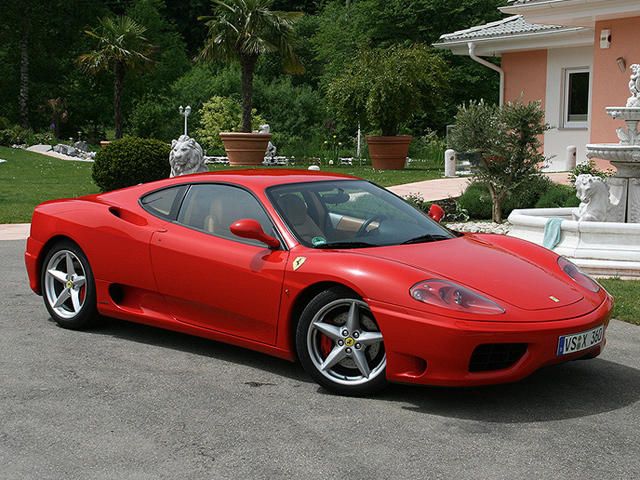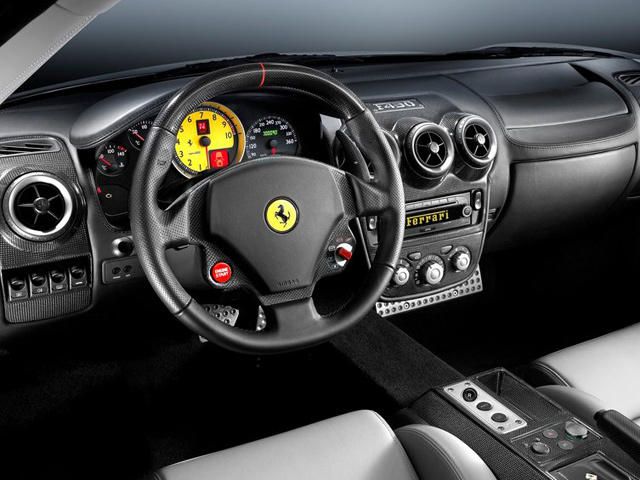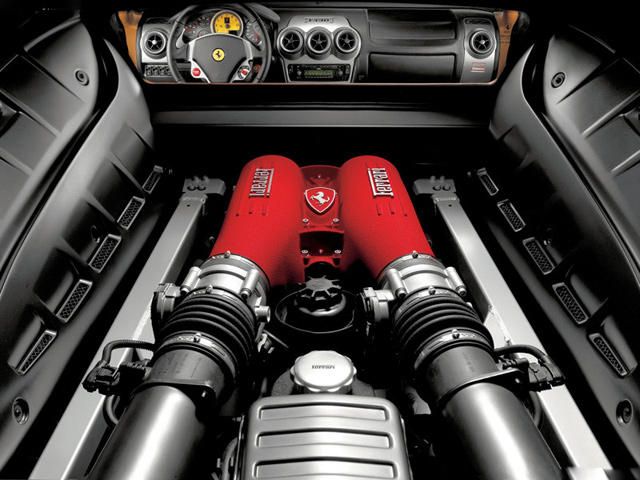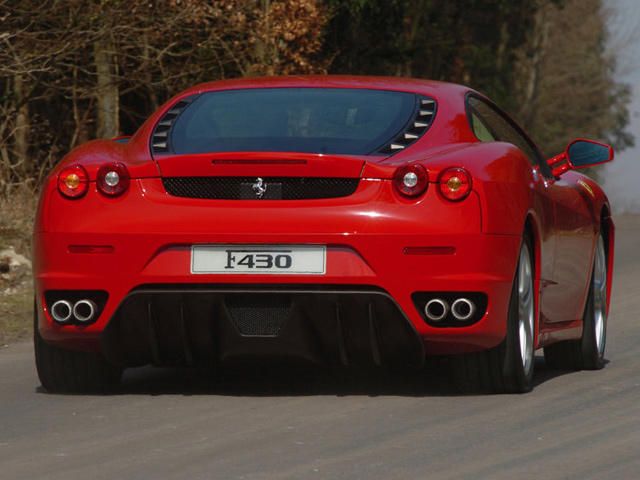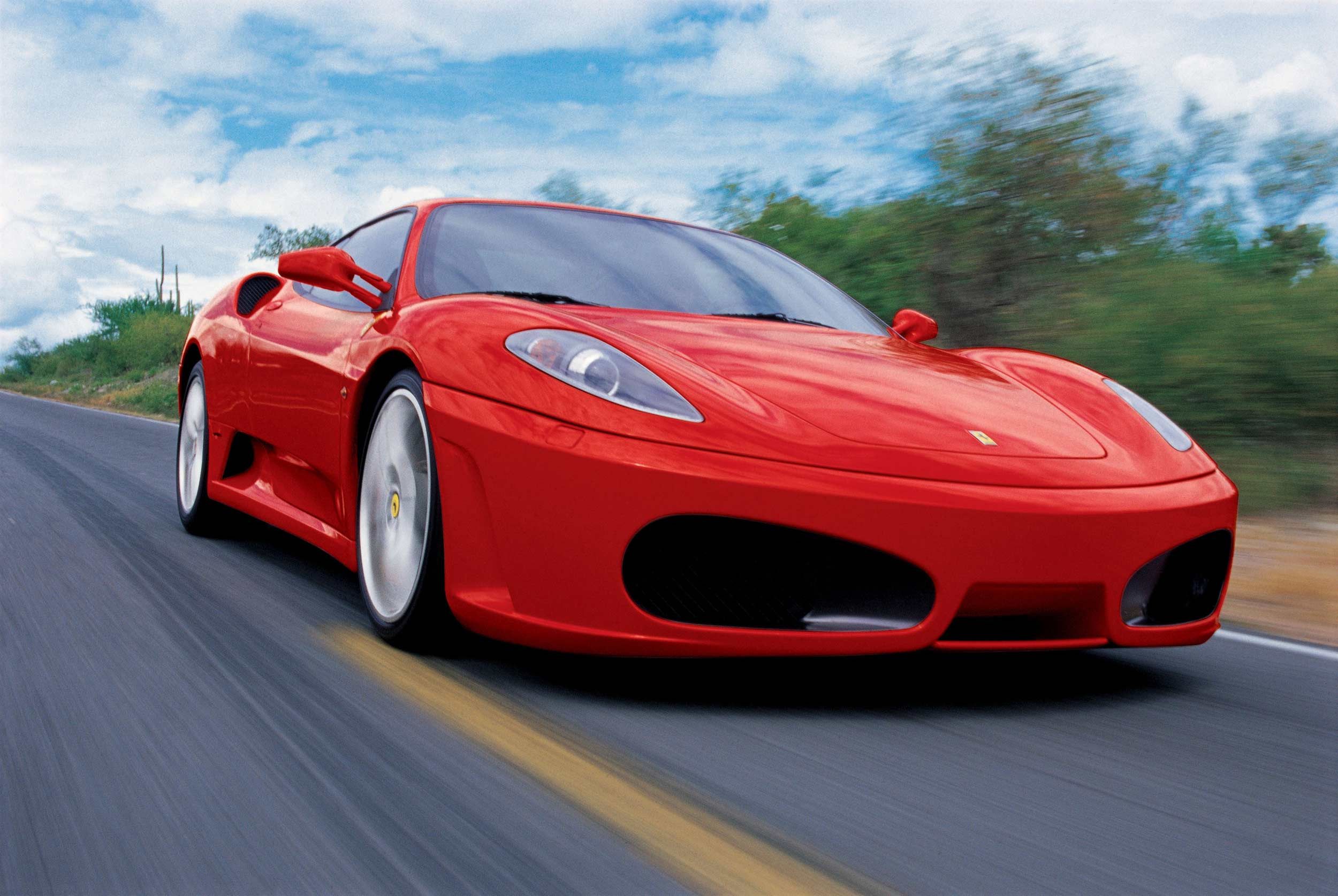
Ferrari had a few hits and misses over the years with its V8 models, but the F355 had gotten them once again going in the right direction. When they came out with its next all-new V8 model in 1999, it became a massive hit, able to be at once more usable but still faster and more agile than the models to come before it. The 360 proved that the F355 hadn't been a fluke, and that Ferrari was once again taking the V8 seriously. The 360 and the F355 before it had both been big evolutionary leaps, but this was what Ferrari should have been doing all along.
Customers were paying cutting-edge prices, and it was the least Ferrari could do to actually give them what they were paying for. The one area where the 360 hadn't changed much was the engine, but this isn't really such a bad thing. The 3.6-liter V8 in the 360 was the final evolution of the Dino V8, first developed for racing in the Sixties. Quite a few things had changed over the years, although the Tipo 131 version found in the 360 had received a bump of just 0.1 liters and 25 horsepower. Though the power gains weren't huge, the car's construction was where we see the evolutionary leap.
The car is noticeably bigger than the F355, especially when it comes to the interior, but thanks to a new aluminum space frame, it was 28 percent lighter. It was also 40 percent stiffer, and the 4.6-second 0-60 time of the F355 was shown up by the 360's 4.3 seconds. It was the 360's ability to do more with the power that made it special, and this has been the focus of Ferrari V8 models since, though they have also been powerful. The 360's styling was a major change. The F355 had been a kind of intentional step backwards, stepping away from the Eighties-ness of the 348 with a design more closely related to the 328.
The 360 threw all of this away, said Sergio Pininfarina: "The 355 was a car made by flat surfaces. With the Modena, it was one fluid shape, from beginning to end. So every place you look it is moving. It is dynamic." Gone too were the pop-up headlights, a feature all of Ferrari's V8 sports cars had had up to that point. Quite a few special editions of the 360 were made, more than Ferrari had made of any previous V8 model, and the 360 also enjoyed numerous motorsport applications. The 360 lasted only until 2005, when the improved F430 arrived on the scene.
It's difficult to call the F430 an upgraded version of the 360, since by Ferrari's claims, they had changed 70 percent of the car. But just as the F355 was a big improvement over the 348, the F430 took the 360 platform much further. The first thing you might have noticed is that the number in the name has been replaced with a much bigger number. This wasn't a simple bump in displacement. Ferrari designed a whole new V8 for the F430 for the first time since it started building production V8 engines. The 4.3-liter unit produced 483 horsepower and made much more torque available much more of the time than the previous V8 had managed to achieve.
The 0-60 time was down to 4.0 seconds, but that isn't the first thing you'd probably notice about the F430. The 360 had been incredibly agile, but it would require an expert to really get the most out of it. For less experienced drivers, it would sometimes even feel a bit twitchy. This wasn't nearly as much of a problem with the F430. The technology which went into making the car drivable, and not just fast on Ferrari's test track, was leaps and bounds ahead of the 360. F1 technology was nothing new on Ferrari's road cars, but now it was taking the form of electronics, and they really did make a huge difference.
Previously, Ferrari had had to choose between livability and performance, at least to a degree, but the new systems meant that the F430 was just at home in city traffic as it was on the track. That might not impress you on the spec sheet, but it's a huge deal to anyone who actually bought one. The 360 and the F430 were an unparalleled success for Ferrari. It sold about 17,600 units of the 360 and although it never released official numbers for the F430, it has been estimated to be around 20,000. That's a gigantic sales increase for V8 models, and it is evidence of just how great these cars were.

